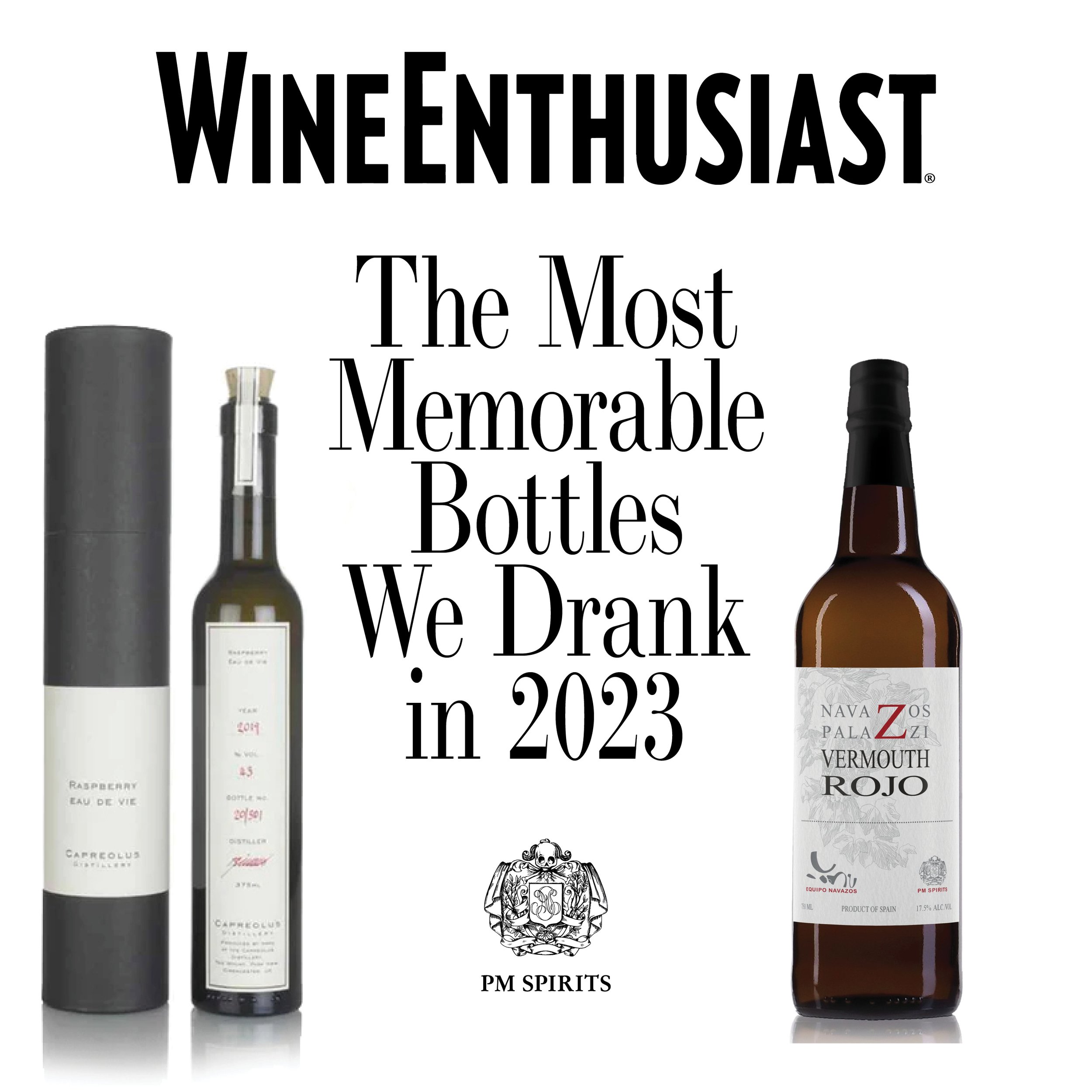Any seasoned imbiber knows that the quality of a drinking experience is far more than the sum of its parts. After all, a great wine is not merely great because it drinks finely. It’s great because of the atmosphere in which it’s enjoyed—in an exquisite locale, perhaps, or alongside cherished friends. Key, too, is the story behind the bottle: who made it and how, why and when. Knowing these things in no way chemically alters what’s in the glass, but it certainly has the power to alter one’s perception of it. The mind, after all, is a taster’s most important tool.
These were the things we asked Wine Enthusiast’s team of editors and contributors to consider when we asked them to name the bottles they found most notable in 2023. In this list are exquisite wines drunk in unlikely places (including, for example, alongside a highway in France) and made through unusual means (say, aged at the bottom of the sea). There are also limited-release spirits, including one that matured in the constantly-rocking hull of a schooner and an eau de vie whose maker’s attention to detail borders on obsessiveness.
Do these bottles have the power to inspire you? Perhaps, once reading these stories, they will.
Navazos Palazzi Vermut Rojo
“One of my favorite sips this year was Navazos Palazzi Vermut Rojo, a Spanish red vermouth. It’s a collab between Sherry negociant Equipo Navazos and Nicolas Palazzi of importer PM spirits. It’s made with a base of oloroso Sherry, so it’s deeper and richer than most red vermouths, but enlivened with touches of bitter orange and savory spice. I enjoyed it in Manhattans (it plays nicely with rye whiskey) as well as poured over ice. I see why Spain is a fan of ‘la hora del vermut’ (the vermouth hour).” —Kara Newman, Writer at Large
Capreolus Raspberry Eau de Vie 2019
“Barney Wilczak, the proprietor of the U.K.–based Capreolus Distillery, uses 30 kilograms of perfectly ripe and healthy raspberries to produce only one liter of the Raspberry Eau de Vie. His quest for the highest–quality product can be described as obsessive. However, it allows him to capture and preserve the essence of each fruit so precisely. The raspberry stands out, with its complexity, length and incredible purity.” —Aleks Zecevic, Writer at Large
https://www.wineenthusiast.com/culture/wine/staff-picks-2023/






